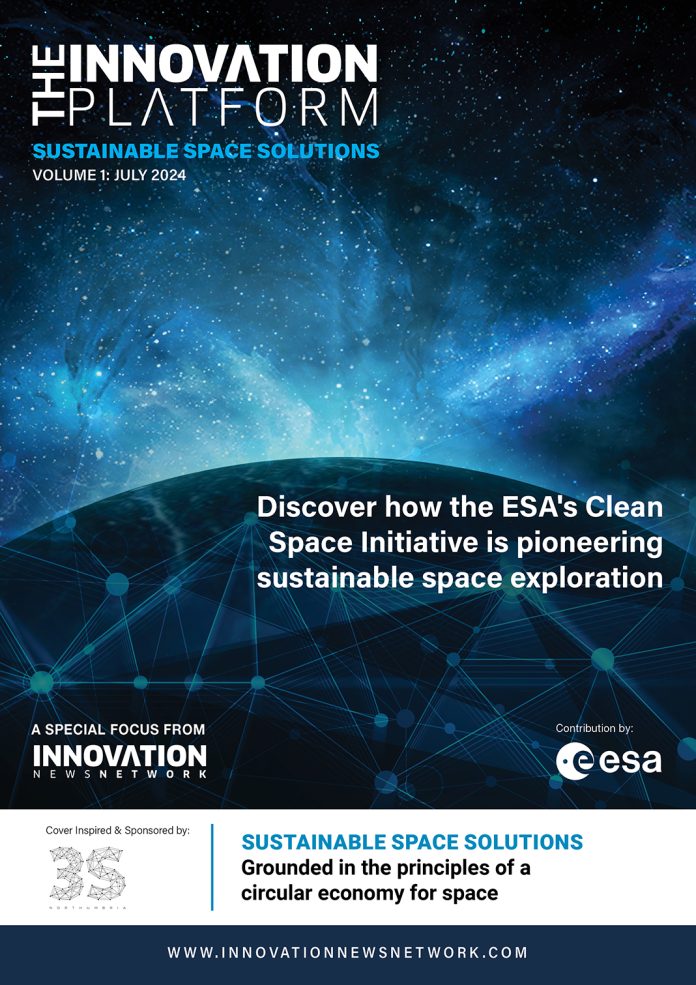3S Northumbria Ltd provides sustainable space solutions grounded in the principles of a circular economy for space, evidenced through assured Space Situational Awareness, to support long-term space operations.
Space sustainability is a phrase often used by governments and industry to describe many concepts without any one actual defining route to ensuring we continue to reap the benefits we receive from Near-Earth Orbits.
To ensure the benefits we receive from space continue long into the future, we must first understand the problem at hand, plan for long-term solutions, and then implement those plans to enable sustainable space operations at a cost that benefits all.
Current space operations are unsustainable
Modern society relies upon a multitude of benefits from space, including, but not limited to:
- Earth observation for climate and environment monitoring
- Long-distance communications
- Timing signals infused across entire communities
- Internet connectivity
However, these benefits are neither assured nor sourced in a sustainable way.
Most space operations revolve around single-use concepts – throwaway launch rockets and satellites discarded at the end of the mission either through a controlled re-entry to place the object safely in the ocean, burnt up on re-entering the atmosphere, or ‘parked’ beyond 36,000km in a ‘graveyard for space’.
Furthermore, space sustainability has been framed around the conversation of the threat of space debris and space flight safety.
Industry solutions for sustainable space solutions are failing
The industry has spent recent years exploring active debris removal and ‘design for demise’, ensuring that satellites burn up on re-entry soon after their mission is complete and not leave debris in orbit long into the future.
However, not only do we spend too much time looking back at the debris we have created in the past, but we are beginning to discover that re-entering satellites may be depositing ozone-depleting particles into the upper atmosphere as they ‘demise’. This pollution was minimal when only a few satellites re-entered over months, but now that we plan to replenish thousands of satellites in constellations, the effects could be catastrophic.
3S Northumbria recommends a circular economy approach
The industry must explore options to develop a truly circular economy for space where satellites (and rockets) can be reused, repurposed, or recycled.
Ideally, this should occur in orbit, but all options should be explored, as repatriating the satellites for recycling may prove to be optimal.
SpaceX has led the reusable rocket concept for several years, although the only stage that is re-used at this time is the first stage, which returns to the launch pad or to a ‘barge’ positioned at sea to retrieve it.
Satellites remain single-use and may take decades to return to Earth after their mission has been completed. As an industry, we must explore options for designing satellites that can be refuelled and repurposed after their mission has been completed and recycled if they cannot be repurposed. Space Logistics have proven that missions can be extended for satellites on geostationary orbits, and we now must explore the potential at lower and more crowded orbits.
We must plan for a future where satellites remain in orbit for multiple decades and can be ‘upgraded’ on demand.
Additionally, while planning for the future, we need to clear up the debris remaining from old missions. Little is known about the value of many of the satellites that remain on near-Earth orbits, and this is why 3S Northumbria Ltd is embarking on research with the University of Durham Business School on the value of space debris.
There are more than 300 large satellites in the graveyard – approximately 300km beyond geostationary orbits – and they likely contain significant amounts of rare ores/metals.
Understanding the value of objects in orbit adds a new level of understanding to space situational awareness and potentially creates a new market for space.
A truly circular economy for space will not only ensure the future of space innovation but will guarantee long-term sustainability and retain the benefits we receive from space-based systems.
By creating more on-orbit operations and reducing the polluting effects of re-entering satellites, we can reduce the harmful side effects of space operations while committing the international space sector to net zero.
We firmly believe that net zero can only be achieved by moving more operations to Near-Earth Orbits.









